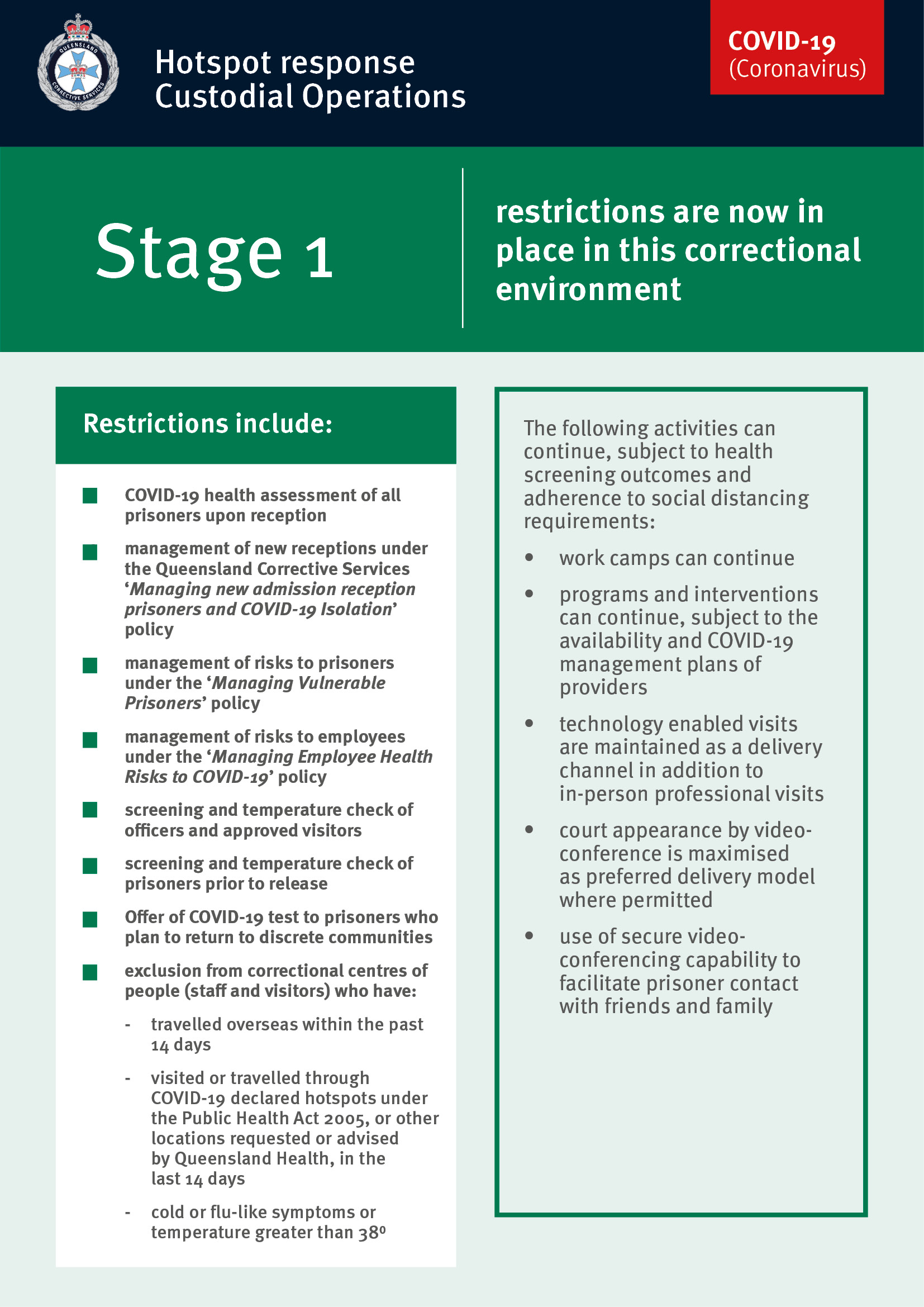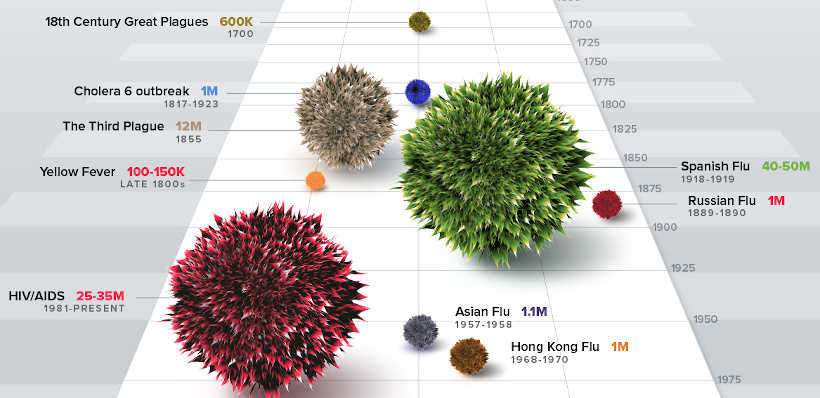
Viewers submitted questions for speakers by emailing or via Twitter using #COVIDorigin.
#Covid origin how to
This event was part of CRM’s “ Reimagining Modern-day Markets and Regulations ” series, which focuses on analyzing rapidly changing modern-day markets and on how to regulate them most effectively. On Monday, June 7, Brookings Center on Regulation and Markets (CRM) hosted two experts to explore the specific policy steps governments can take to mitigate the risks of future pandemics. The two competing hypotheses have very different implications for policymaking and the types of regulations that should be implemented to avoid another pandemic. Understanding the origins of the pandemic is essential to developing policies that can reduce the likelihood of future pandemics. COVID-19 may attack more than your lungs and respiratory system. COVID-19 most often causes respiratory symptoms that can feel much like a cold, a flu, or pneumonia. intelligence agencies remain divided about the origins of the virus. It is very contagious and has quickly spread around the world. However, the report shows that due to a lack of clinical and epidemiological data on the first cases of COVID-19, U.S. The two currently considered competing hypotheses are either a natural transmission from an animal host to humans or a leak from a research laboratory in Wuhan, China. COVID-19 (coronavirus disease 2019) is a disease caused by a virus named SARS-CoV-2 and was discovered in December 2019 in Wuhan, China. In further research, the authors say scientists and public officials should seek a better understanding of the wildlife trade in China and elsewhere and promote more comprehensive testing of live animals sold in markets to lower the risk of future pandemics.Although the COVID-19 pandemic began more than a year ago, the world still is no closer to a definitive answer to the question of how the pandemic started. “Additionally, no line list of early Covid-19 cases is available and we do not have complete details of environmental sampling,” the authors added.

“We also lack direct evidence of an intermediate animal infected with a SARS-CoV-2 progenitor virus either at the Huanan market or at a location connected to its supply chain, like a farm,” they wrote.

The new findings suggest a scenario in which the two lineages of the coronavirus jumped from animals into humans on separate occasions, both at the Huanan market.Ĭiting some of the limitations of the study, researchers say while they could recover location data for most of the December-onset Covid cases identified by the WHO, they could not access the precise latitude and longitude coordinates of all these cases. This indicates there may have been many other animal-to-human transmissions of the virus at the market that failed to manifest in recorded Covid-19 cases. Markets in Wuhan sold animals known to harbor coronaviruses. Intelligence Community has given credence to the idea once dismissed as a conspiracy theory that the first human SARS-CoV-2 infection arose from an incident at the Wuhan Institute of. It's closely related to bat coronaviruses, but the animal source is unknown. They found that the pandemic, which initially involved two subtly distinct lineages of Sars-CoV-2, likely arose from at least two separate infections of humans from animals at the Huanan market in November 2019 and perhaps in December 2019. The virus was first reported in Wuhan, China.

Researchers combined epidemic modeling with analyses of the virus’s early evolution based on the earliest sampled genomes. This content is not available due to your privacy preferences. Scientists found a striking percentage of early Covid patients with no known connection to the market – who neither worked there nor shopped there – lived near the market. In the research, scientists could determine the locations of almost all of the 174 cases identified by the WHO that month, 155 of which were in Wuhan.įindings revealed that these cases were clustered tightly around the Huanan market, whereas later cases were dispersed widely throughout the city, home to over 11 million people. It examined the geographic pattern of Covid-19 cases in December 2019 – the first month of the outbreak. One of the studies assessed the locations of the first known human Covid-19 cases, as well as swab samples taken from surfaces at various locations at the market. From the start of the pandemic, scientists have tried to determine exactly where and how the novel coronavirus spread to humans. In the research, scientists, led by virus evolution expert Michael Worobey from the University of Arizona in the US, conclude that the Sars-CoV-2 virus first spread to humans from animals likely in two separate transmission events in the Huanan market in late November 2019. Compelling new evidence tracks COVID’s origin to Wuhan market. The findings of the studies were reported as pre-prints in February, and have passed peer-review to be published in the journal.


 0 kommentar(er)
0 kommentar(er)
